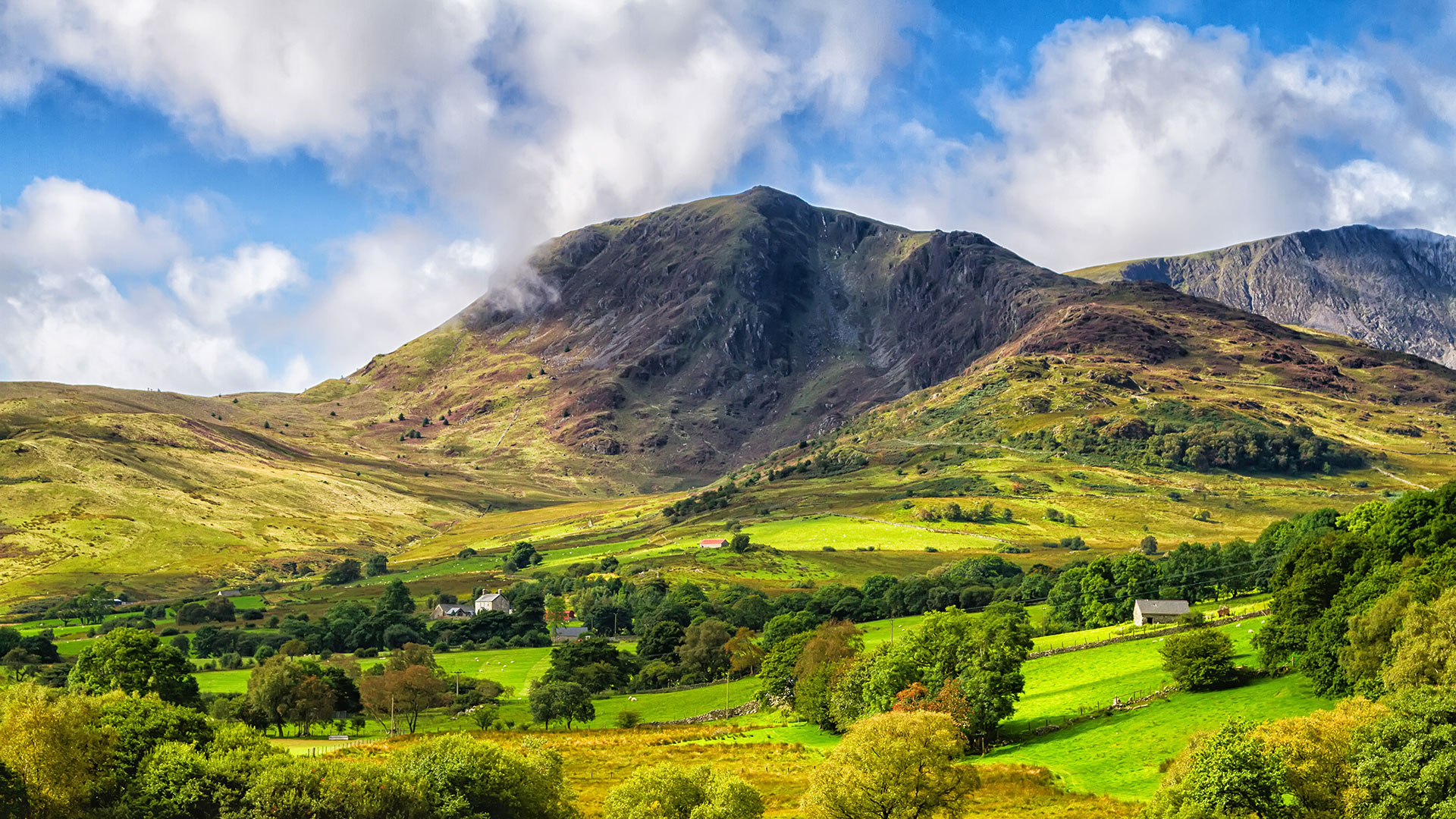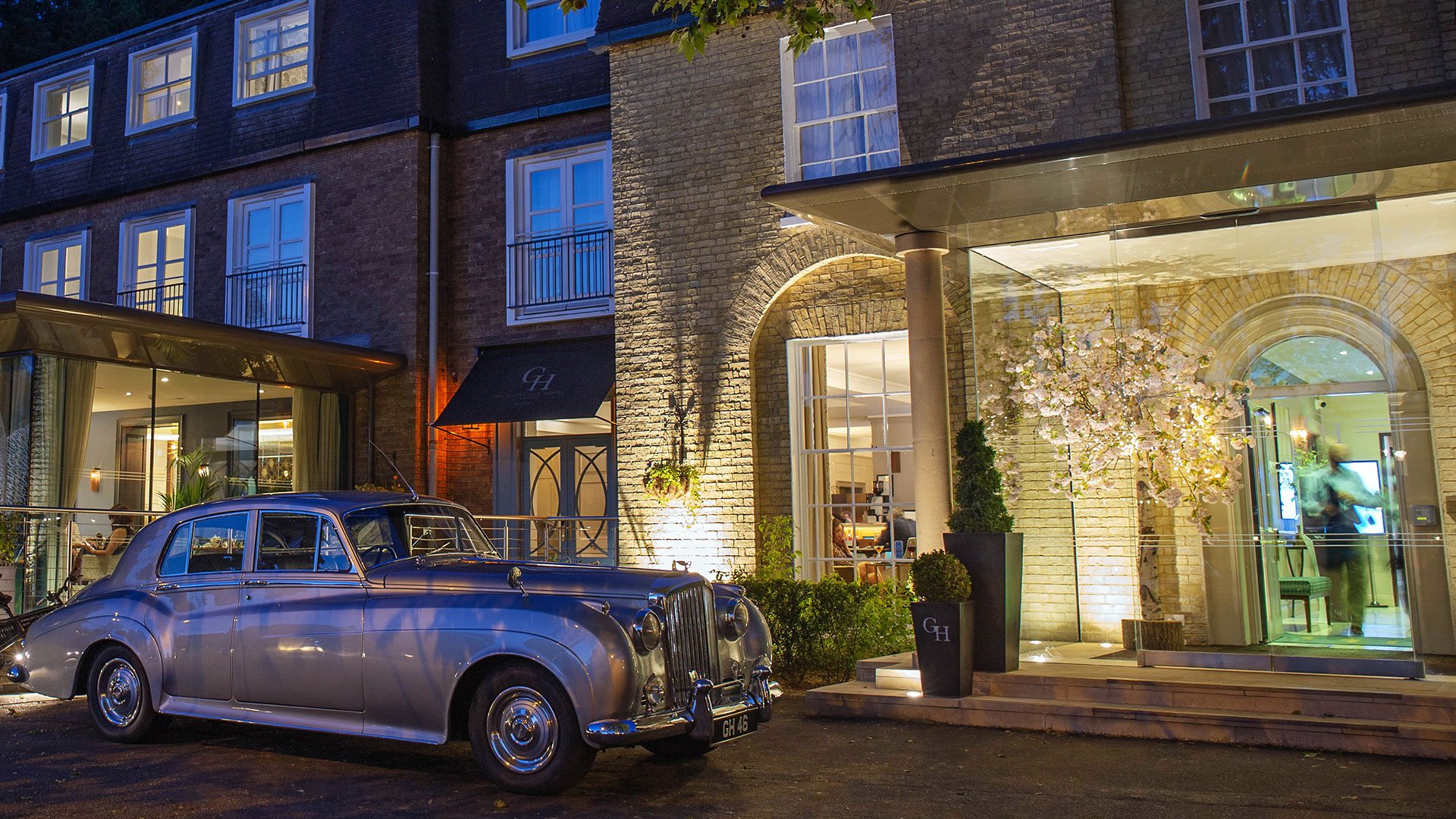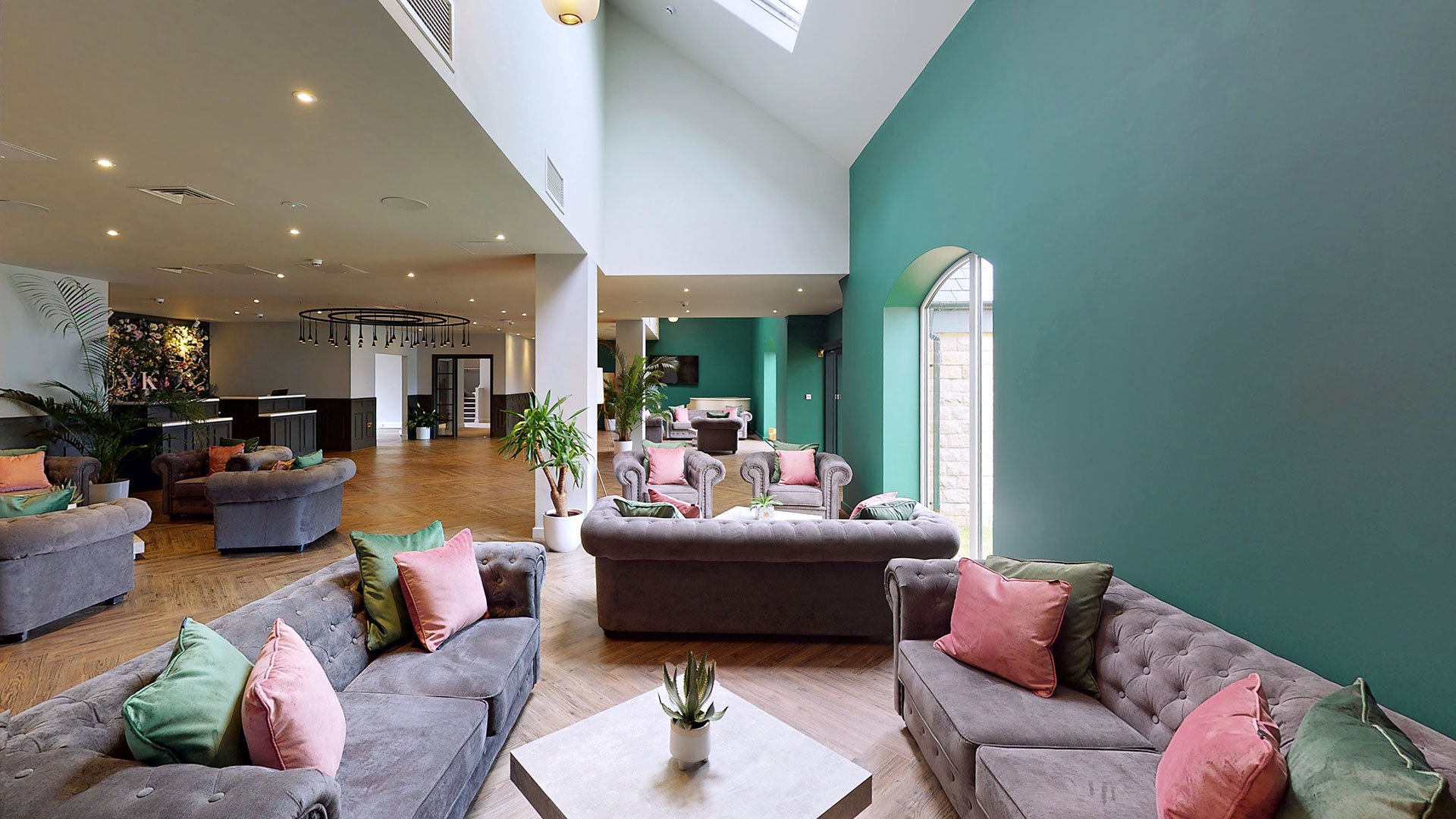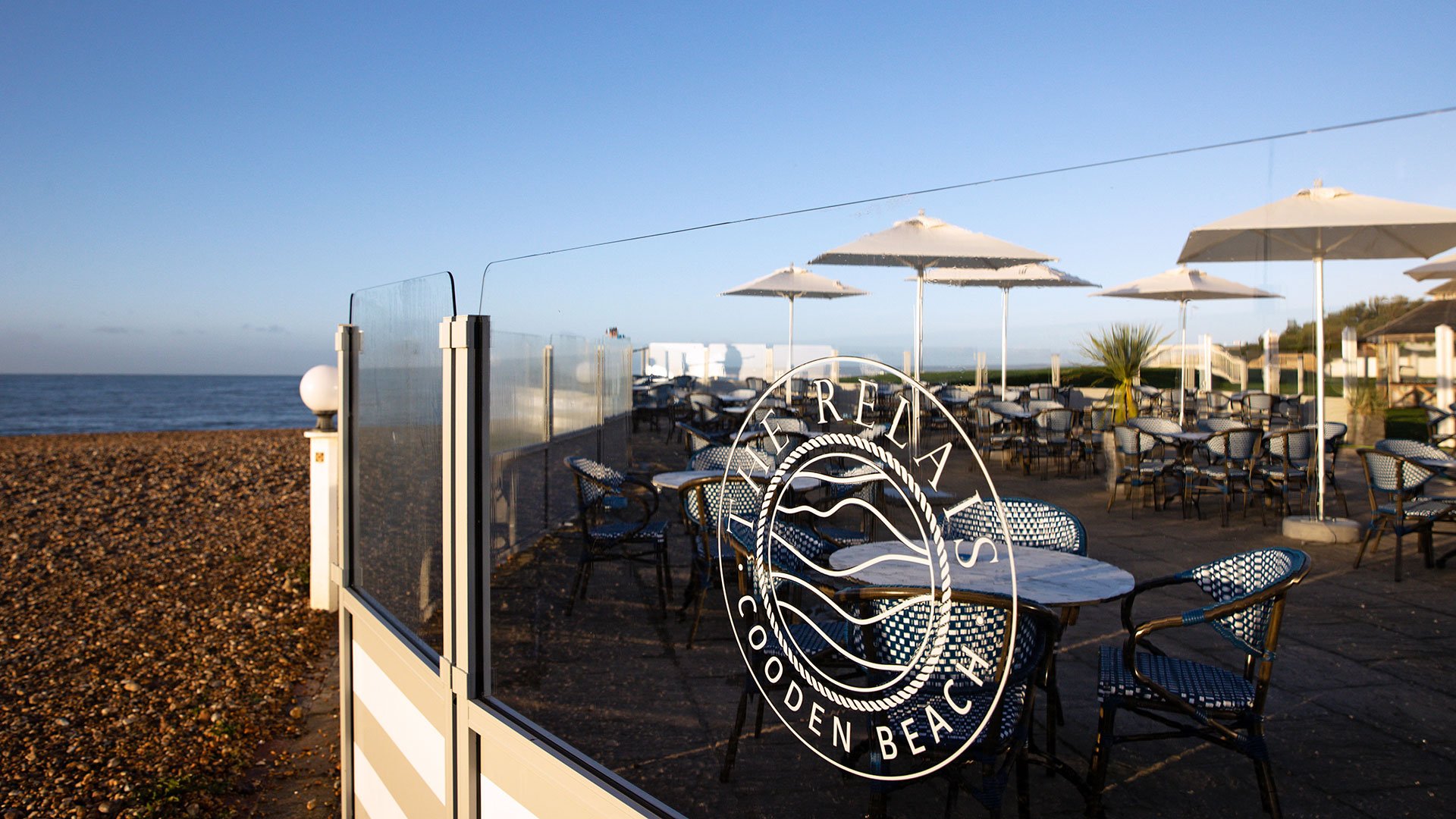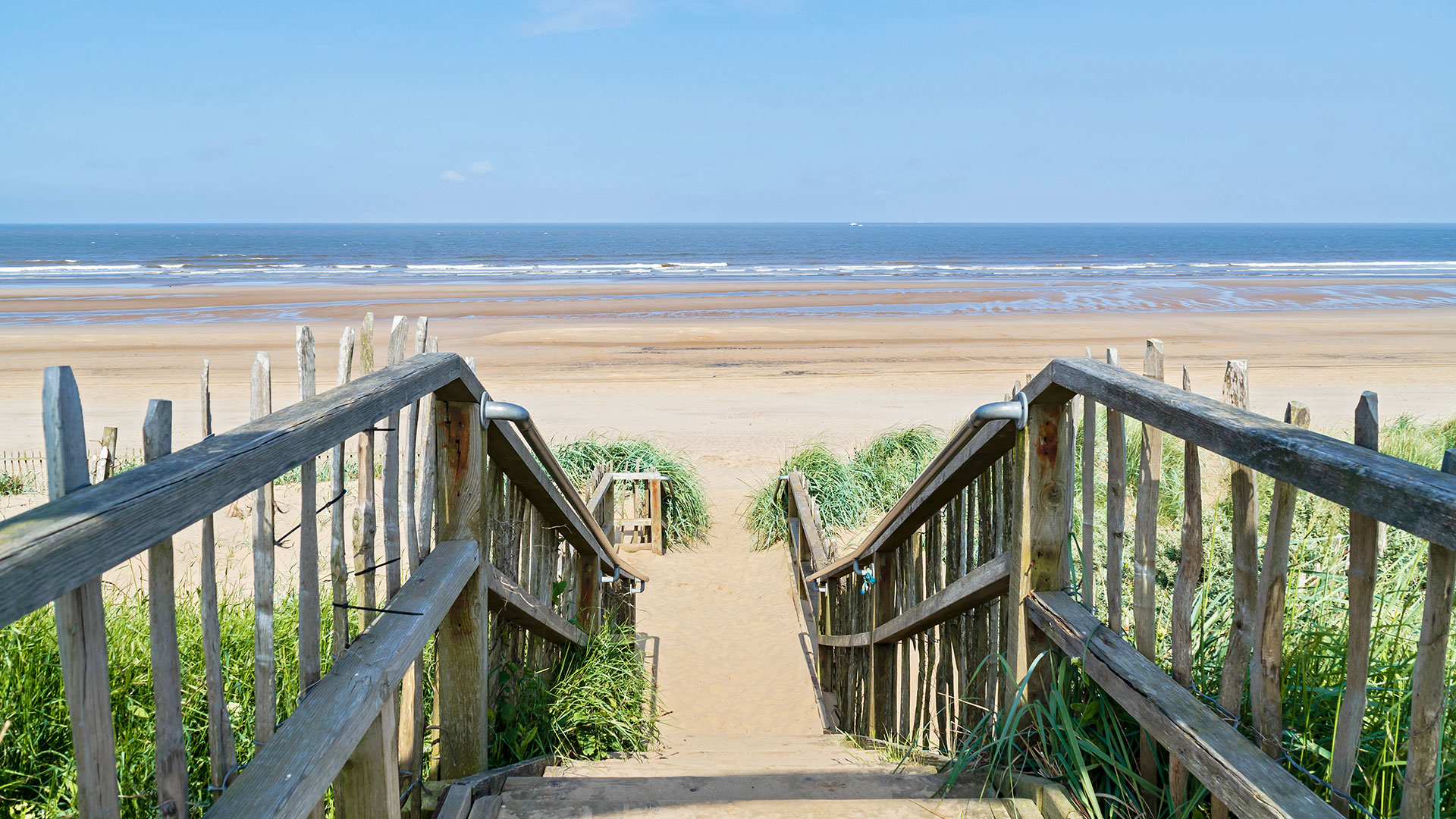Robert Carrier was the leading TV chef of his day. As beloved as Mary Berry, with the Michelin-starred credibility of Michel Roux Jr, and a multi-media empire to rival Jamie Oliver, he was a household name across Britain. Yet, at the height of his fame, in 1971, Carrier did something rather unusual – he bought an empty country house he saw advertised in a magazine and spent a fortune restoring it to its former glory.
Thanks to Carrier’s efforts, Hintlesham Hall in Suffolk was transformed into a luxurious hotel with a Michelin-star restaurant, herb garden and cookery school. Yet Carrier, who had an ambivalent relationship with fame, would go on to sell the hall and move to Africa in search of privacy. So why did the most famous chef of his generation decide to sink his time and riches into saving Hintlesham Hall?
Robert Carrier was born Robert Carrier MacMahon in Tarrytown, New York in 1923. His wealthy parents were bankrupted by the 1929 Wall Street Crash, but continued to host lavish dinner parties. McMahon (who later dropped his surname in favour of his French middle name) trained as an actor, but his career took a new direction after World War Two, which brought him to England in 1943. (Interestingly, just like fellow American chef Julia Child, he worked for the Office of Strategic Services, the forerunner of the CIA). Yet he didn’t return to settle in England for another 10 years. “Carrier was a drifter,” says Jessica Nevard of Hintlesham Hall. After D Day he headed to Paris, and then moved around Europe before returning to England in 1953, the year of the Coronation. According to Nevard, Carrier loved England and felt at home there, but despaired of the differences between the British and French attitudes to food.
Carrier was taught to cook by his French grandmother. In London he worked in public relations and began writing about food for Vogue and The Sunday Times. By 1959 he was well known among home cooks and opened a London restaurant, Carrier’s, which brought him Michelin stars and further fame. Like the food writer Elizabeth David, he was instrumental in exposing Brits to ‘exotic’ European ingredients like garlic in the post-rationing years.
“Carrier’s restaurants, cookbooks and television programmes put truffles, brandy, saffron and spatchcock into the lexicon of many people still shaking off the memory of lumpy gravy and food stamps,” said The Times in 2006.
By 1971, Carrier was a household name. His plate was full writing cookbooks, running his restaurant and opening a chain of cookware shops. But Carrier loved a challenge and, the story goes, flicking through the pages of Country Life magazine, he found one.
Inside was an advert for an empty house, Hintlesham Hall. Carrier bought the house, plus 11 acres from a local farmer for £32K, allegedly without a survey. Upon arriving in Suffolk, he discovered that the hall, which had lain empty for a year, was in need of major surgery. Carrier moved to the hall and set to work. He hired a team of 60 to restore the house to its former glory. “He re-roofed it, a massive job. He redecorated, replumbed, rewired – everything,” says Nevard. Estimates suggest that Carrier spent around £550K on the hall, buying the gate house and more land, as well as turning it into a small hotel, opening a restaurant and then a cookery school. “He rescued old buildings simply because he fell in love with them,” says Nevard.
Carrier’s fame brought the public to the hall when it opened in 1972. The restaurant won two Michelin stars, and fans flocked to Carrier’s cooking classes. But Carrier’s relationship with celebrity was a complex one. The Anglophile saw Hintlesham as a chance to “hide and be lord of his manor,” says Nevard. But he also brought his glamorous London life with him. His weekend parties at Hintlesham, involving A-listers like Joanna Lumley, John Cleese and Joan Collins, soon became the stuff of legend. He also filmed several TV series there. Carrier was a flamboyant character who loved entertaining, but also sought to escape the bubble of celebrity. Carrier became disillusioned, and shut the cookery school down when he realised people were signing up to meet him, not because they wanted to learn how to cook. “He just closed it down – he said ‘that’s not what I’m here for’,” says Nevard.
The itinerant Carrier was ready for a new challenge. He found it in the form of a run-down palace in Marrakesh. In 1983 he sold Hintlesham to hotelier Ruth Watson. He spent time in New York and France with his partner Oliver Lawson-Dick, before heading to his newly-restored Moorish palace in 1984.
Yet, Carrier could never escape the lure of Hintlesham altogether. On return trips to England he would regularly find himself journeying down the Hall’s long, tree-lined driveway, surrounded by glorious countryside. Although he travelled the world, England was arguably where he felt most at home, and in 1994 he returned to London. He died in Provence in 2006.
These days the signs of Carrier’s influence at Hintlesham Hall are subtle. You’ll find some of his old menus and cookbooks on display in a glass cabinet, and Nevard leads monthly tours which cover the history of this grand home. But his legacy lives on, as without Carrier’s extensive restoration there would be no hotel to stay in. “Carrier was the one who put Hintlesham on the map,” says Nevard. “He brought the people to the Hall.”
Check out our latest Hintlesham Hall offers. Call 0845 0 70 70 90 or email us today.
Katy Salter
Katy Salter is our food writer. She contributes to most of the UK’s major food titles.
